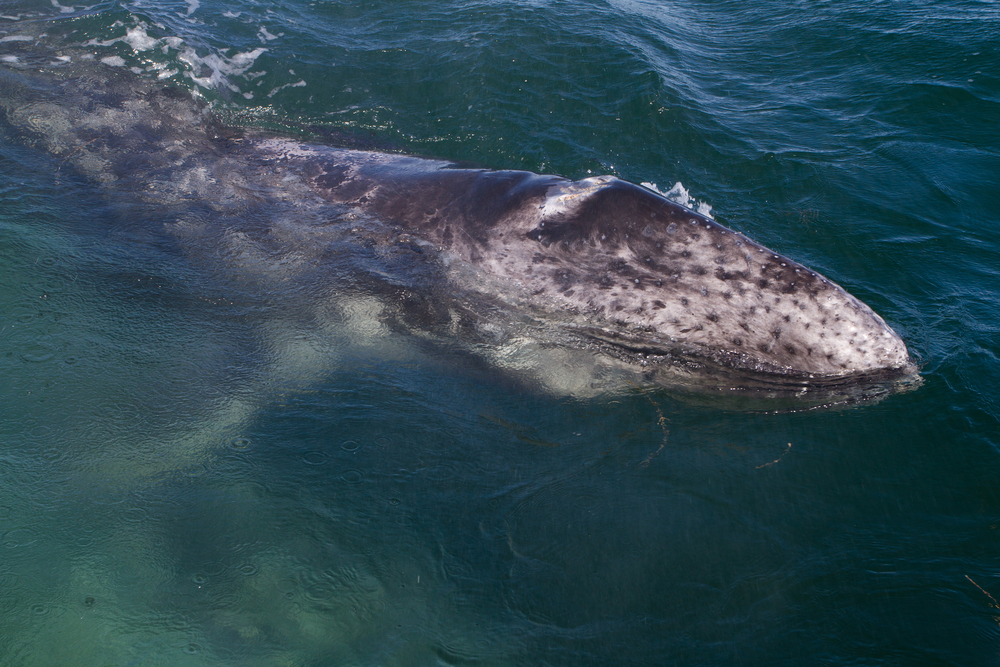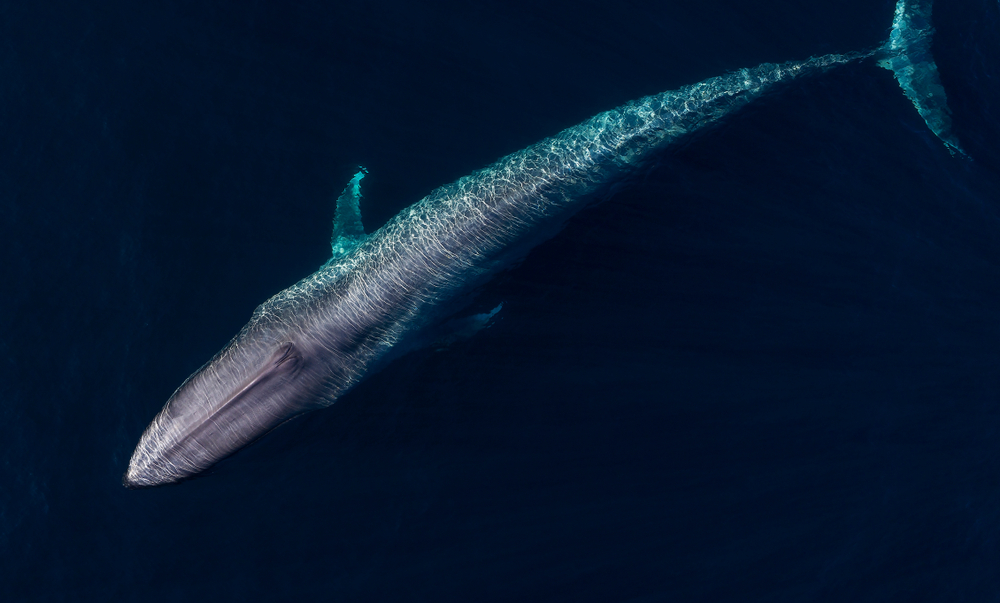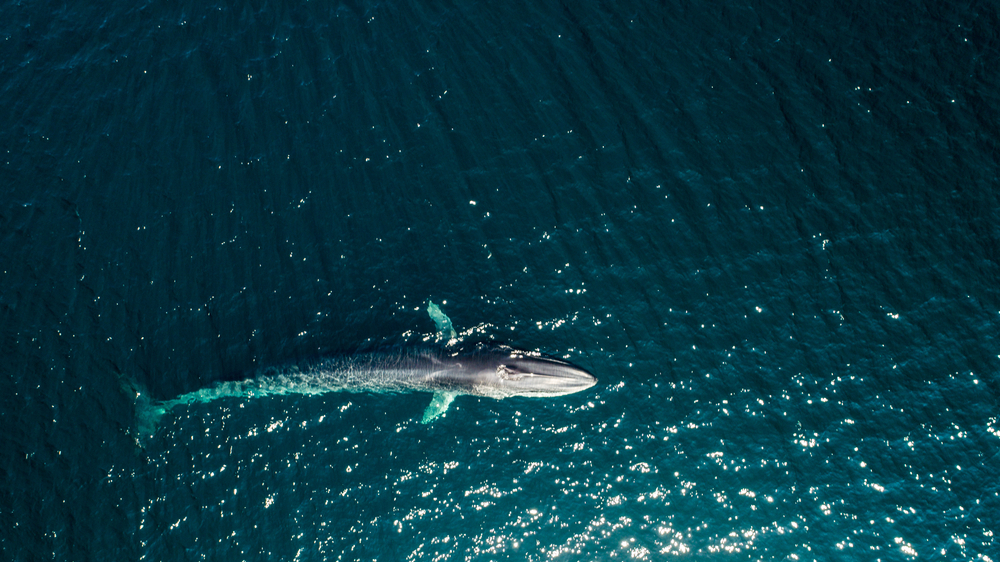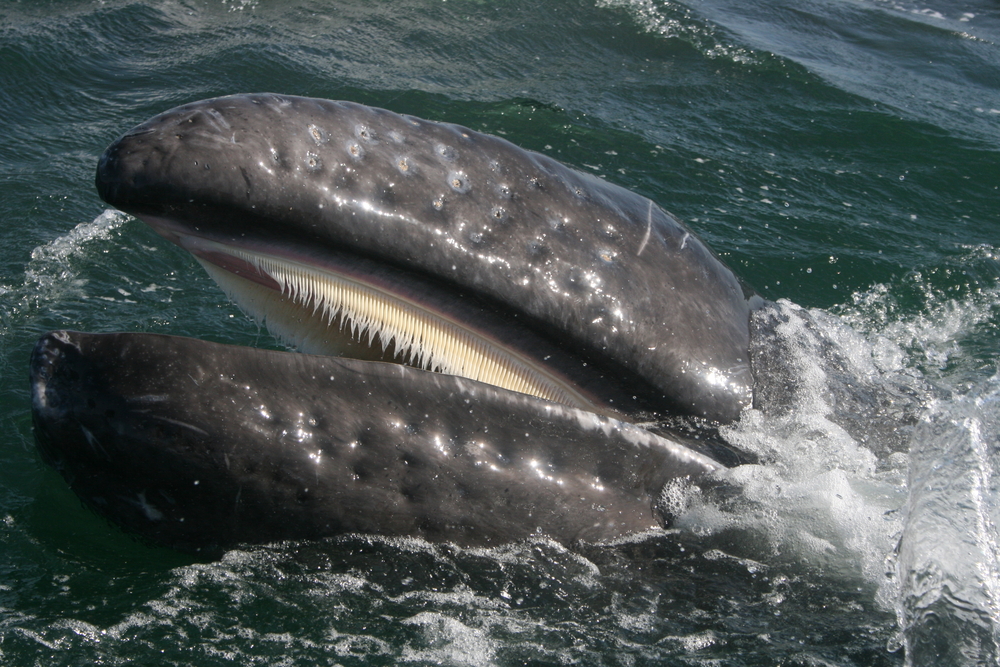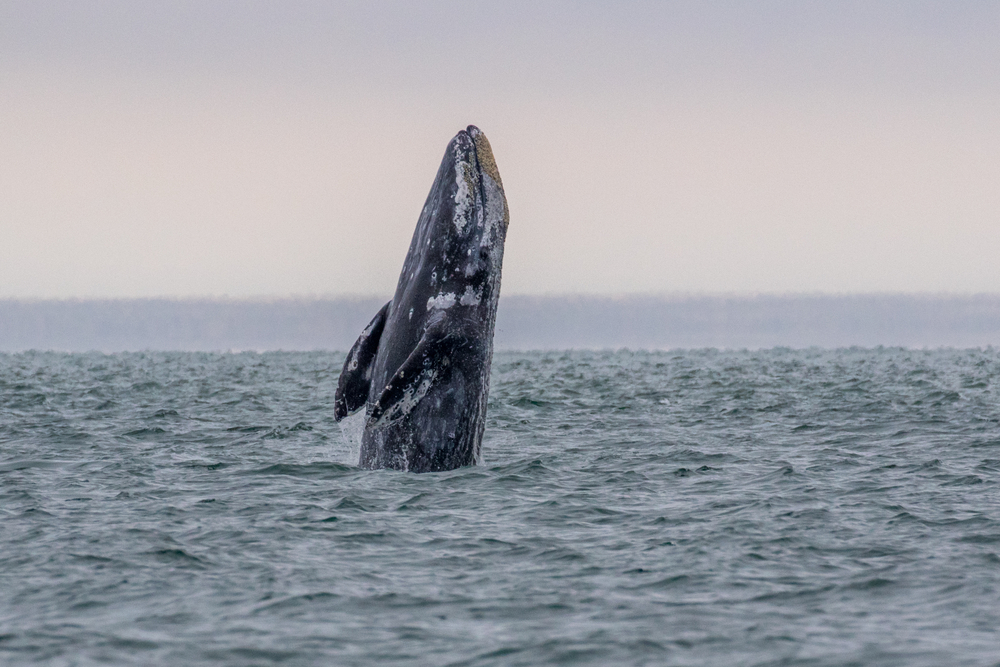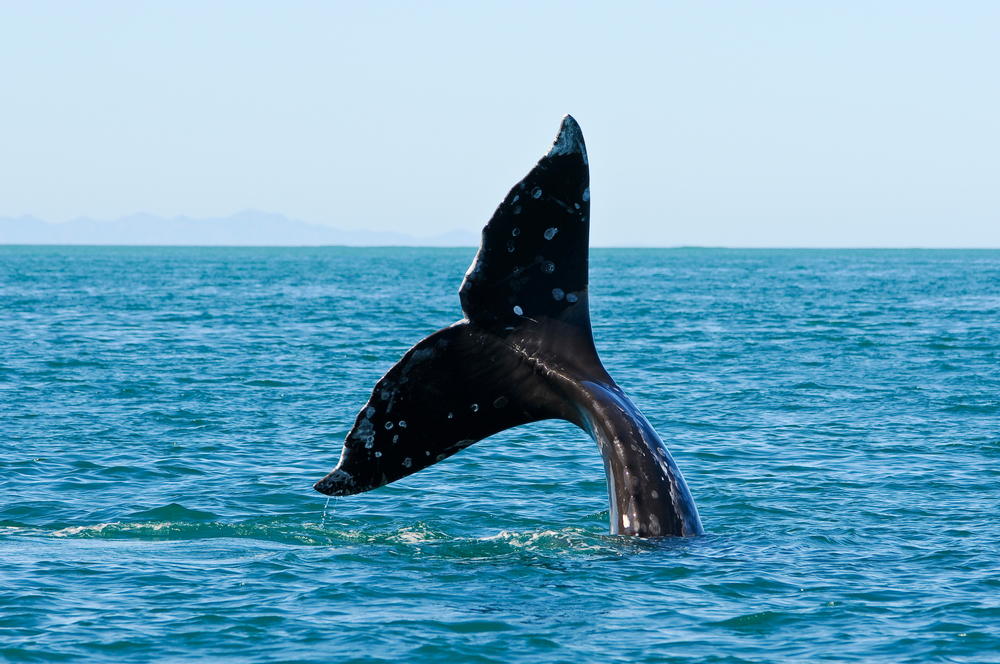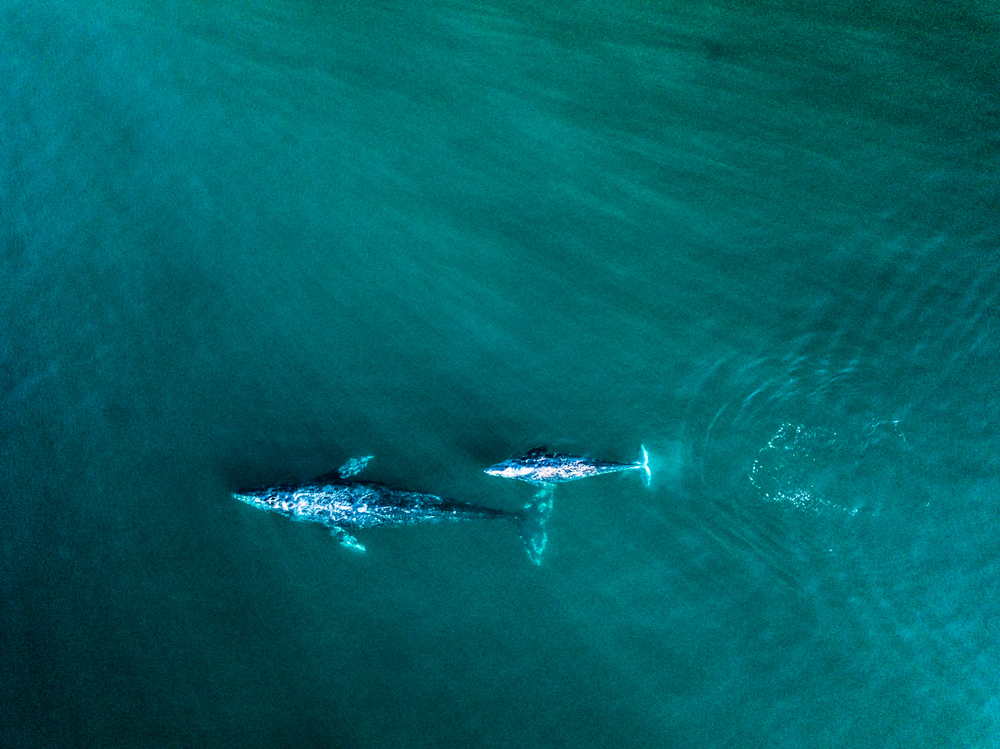Gray whales (Eschrichtius robustus) are not known for their speed compared to other whale species. They typically swim at a leisurely pace, averaging around 3 to 5 miles per hour (4.8 to 8 kilometers per hour) during migration.
However, they can briefly increase their speed to escape predators or during mating displays, reaching speeds of up to 10 to 11 miles per hour (16 to 18 kilometers per hour). Despite their relatively slow cruising speed, gray whales are well-adapted for long-distance migrations, covering thousands of miles between their feeding and breeding grounds in the Pacific Ocean.



































































